Almost half of the world’s human population lives in coastal areas, and associated coastal development has significantly degraded or destroyed many coastal ecosystems. Burgeoning human populations and rising sea levels only further constrain the availability of habitat that coastal species depend on.
California’s 1,100 mile coast has more than 200 threatened, endangered or rare species living in coastal habitats. There are hundreds of coastal estuaries that provide critical rearing habitat for marine species, and are also important for recreation, water filtration, and carbon sequestration.
Only 10 percent of California’s historic coastal wetlands remain. Without intervention, we are at risk of losing 40 percent of our remaining coastal wetlands to sea level rise over the coming decades. Conservancy scientists are working to reverse these trends.
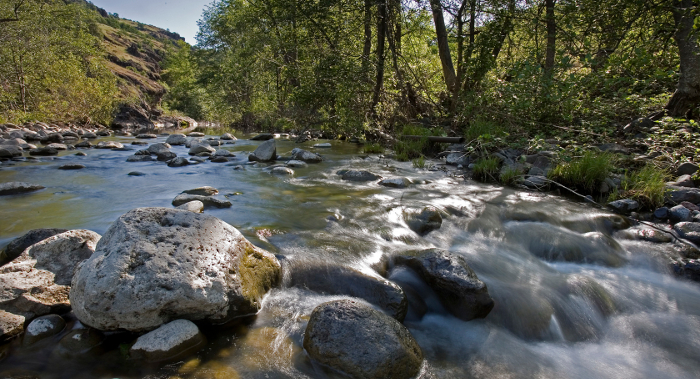
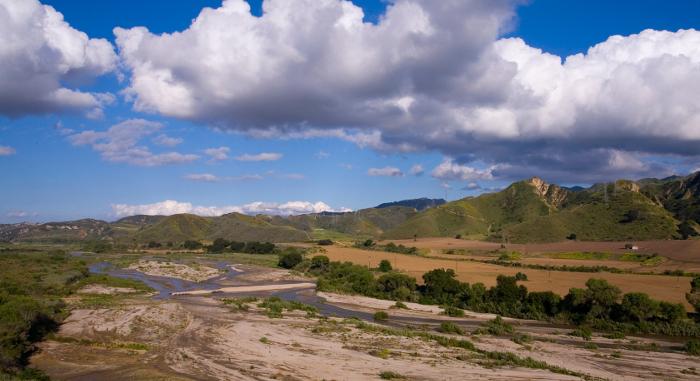
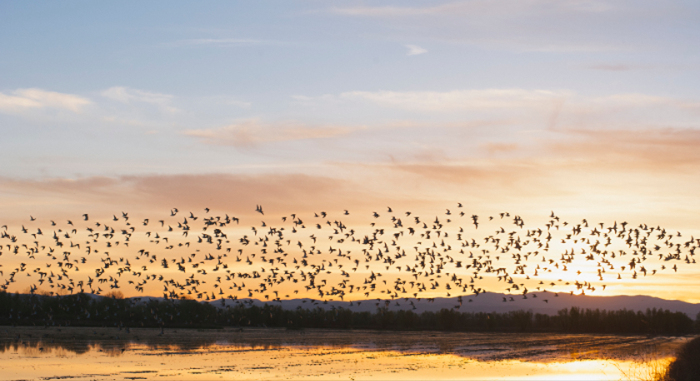
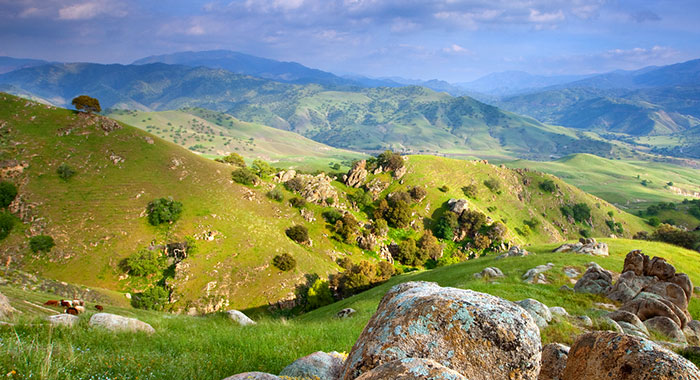
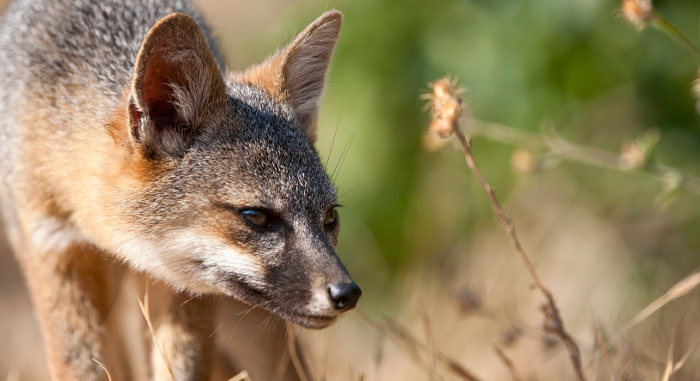
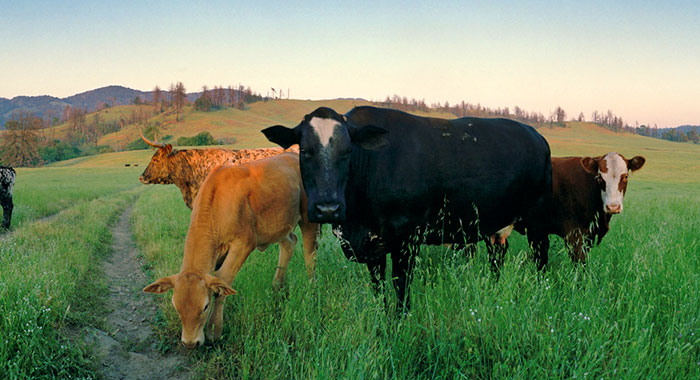
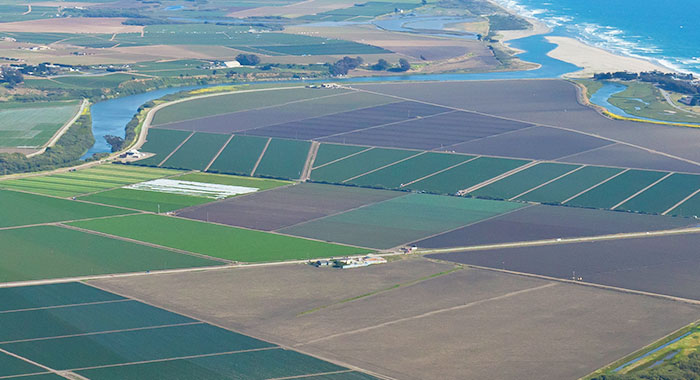

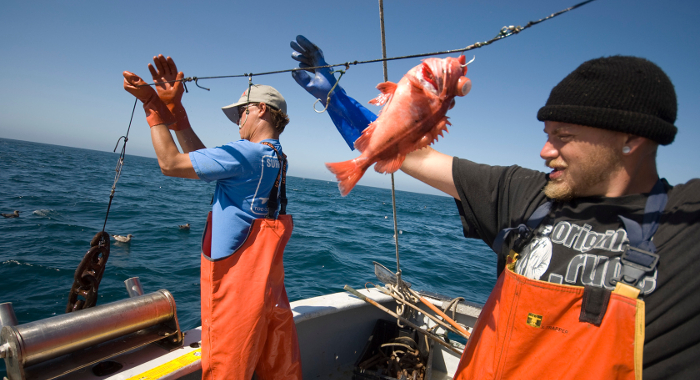
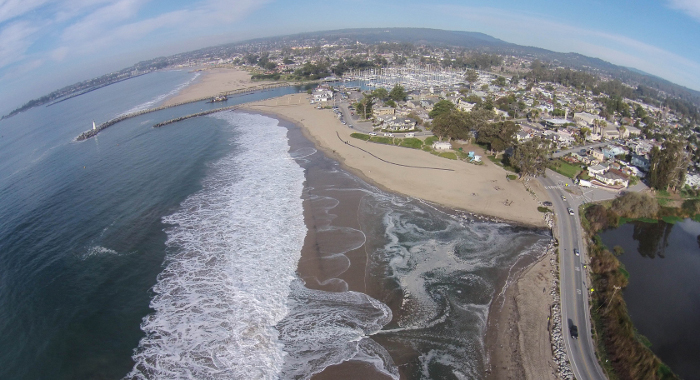
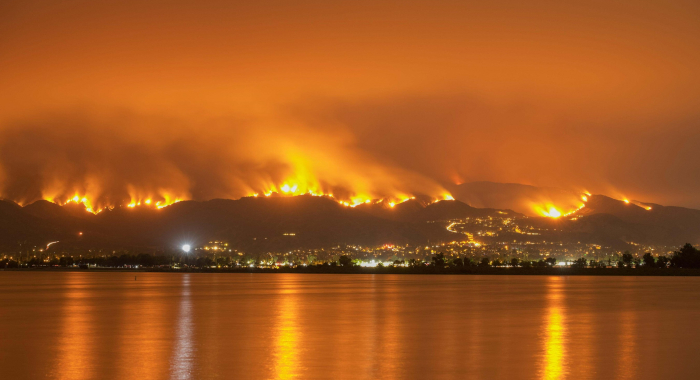
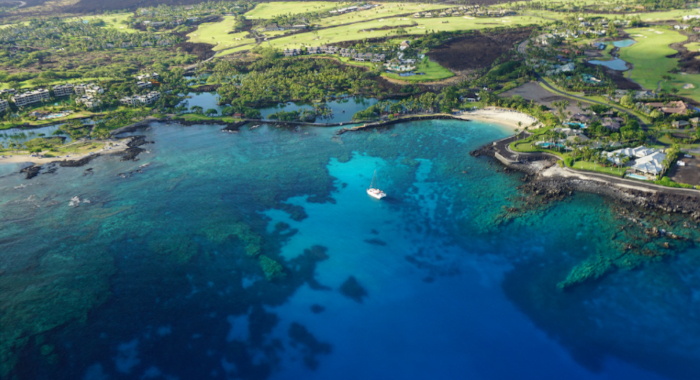
Walter Heady, Ross P. Clark, Kevin O’Connor, Cara Clark, Charles Endris, Sierra Ryan, Sara Stoner-Duncan
Connecting marine, freshwater and terrestrial ecosystems, bar-built estuaries are complex and dynamic coastal confluences that provide a great diversity of habitat and ecosystem services. The wetland…Jason Kreitler, Carrie A. Schloss, Oliver Soong, Lee Hannah, Frank W. Davis
In the past, mitigation to address impacts from development have lacked a regional planning perspective resulting in efficient design across a set of sites for a suite of impacts. This paper…W. David Shuford , Matthew E. Reiter, Khara M. Strum, Michelle M. Gilbert , Catherine M. Hickey, Greg Golet
Although agricultural intensification is one of the largest contributors to the loss of global biodiversity, agricultural landscapes can provide valuable habitat for birds. Recognizing this, wildlife…Jeanette K. Howard, Kirk R. Klausmeyer, Kurt A. Fesenmyer
California is one of the most productive agricultural and urban landscapes in the world with a growing population. These pressures have reduced aquatic and wetland habitats to a small fraction of…Johnston, A., D. Fink, M. D. Reynolds, W. M. Hochachka, B. L. Sullivan, N. E. Bruns, E. Hallstein, M. S. Merrifield, S. Matsumoto, S. Kelling
Global declines in migratory species in response to accelerating habitat destruction and climate change challenge the scope and scale of conservation efforts. The ability to pinpoint where and when…Cause Hanna, Ida Naughton, Christina Boser, David Holway
Ecological invasions can shift species composition and even alter ecosystem function. Ant invasions generate a broad spectrum of ecological effects but there is controversy about the extent of these…The Nature Conservancy, Jono Wilson
There are thousands of fisheries around the globe that lack the infrastructure, capacity, resources and management techniques to perform conventional assessments and management. We know that fisheries…Daniel S. Karp, Sasha Gennet , Christopher Kilonzo, Melissa Partyka, Nicolas Chaumont, Edward R. Atwill, Claire Kremen
In 2006, a high profile outbreak of E. coli in spinach was traced to California’s Central Coast. After that outbreak, produce growers were pressured to minimize potential presence of wild…Derek Young
A century of fire suppression has dramatically altered the structure and composition of western U.S. forests. When dense, fire-suppressed forests experience wildfire, they often burn severely. To…Juliano Calil, Michael W. Beck, Mary Gleason, Matthew Merrifield, Kirk Klausmeyer, Sarah Newkirk
The U.S. National Flood Insurance Program has paid out more than $38 billion in claims since its inception in 1968, more than a third of which has gone to the 1% of policies that experienced multiple,…Jeanette Howard, Kirk Klausmeyer, Kurt Fesenmyer
The California Freshwater Species Database is the first comprehensive geospatial database of California’s freshwater species compiled and standardized into single format from nearly 500 sources.…Vickers, T.W., J. N. Sanchez, C. Johnson, S.A. Morrison, R. Botta, T. Smith, B.S. Cohen, P. Huber, W.M. Boyce
Conservation of wide-ranging species like mountain lions is especially difficult in highly fragmented landscapes, such as coastal southern California. Research into their populations can provide…Jeanette K. Howard, Kirk R. Klausmeyer, Kurt A. Fesenmyer, Joseph Furnish, Thomas Gardali, Ted Grantham, Jacob V. E. Katz, Sarah Kupferberg, Patrick McIntyre, Peter B. Moyle, Peter R. Ode, Ryan Peek, Rebecca M. Quiñones, Andrew C. Rehn, Nick Santos, Steve Schoenig, Larry Serpa, Jackson D. Shedd, Joe Slusark, Joshua H. Viers, Amber Wright, Scott A. Morrison
The California Freshwater Species Database is the first comprehensive geospatial database of California’s freshwater species compiled and standardized into single format from nearly 500 sources.…Brent B. Hughes, Matthew D. Levey, Monique C. Fountain, Aaron B. Carlisle, Francisco P. Chavez, Mary G. Gleason
This comprehensive study of a major California estuary documents the links between nutrient runoff from coastal land use, the health of the estuary as a nursery for young fish, and the abundance of…Jennifer K. Carah, Jeanette K. Howard, Sally E. Thompson, Anne G. Short Gianotti, Scott D. Bauer, Stephanie M. Carlson, David N. Dralle, Mourad W. Gabriel, Lisa L. Hulette, Brian J. Johnson, Curtis A. Knight, Sarah J. Kupferberg, Stefanie L. Martin, Rosamond L. Naylor, Mary E. Power
Marijuana cultivation can have significant negative collateral effects on the environment that are often unknown or overlooked. This study focuses on California, where by some estimates, 60–70%…